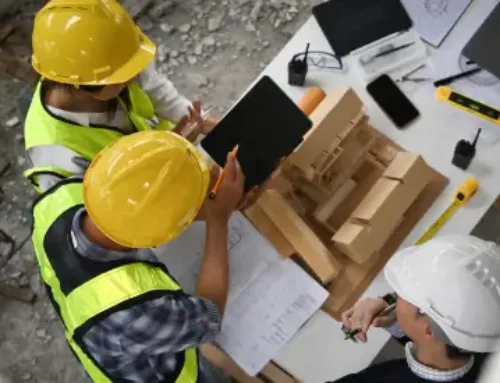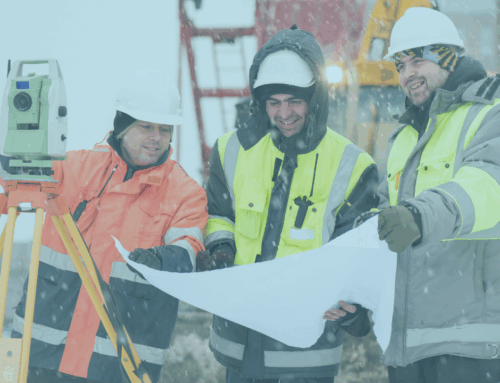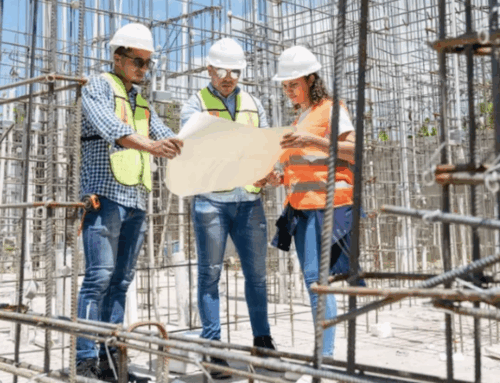It’s flu season, so be sure to wash your hands, cover your coughs, and—while you’re at it—protect yourself from affluenza, too. Unlike the flu, no amount of vitamin C or hand sanitizer can cure the burnout from chasing never-ending deadlines!
In the construction industry, safety is often discussed in terms of equipment, procedures, and compliance. But one of the most overlooked risks on the job site isn’t physical—it’s cultural. “Affluenza,” a term originally used to describe a sense of entitlement and irresponsibility among the wealthy, has evolved to describe a societal obsession with material success at the cost of well-being. In construction, this manifests as overwork, burnout, and constant pressure to do more, often at the expense of personal health and safety.
The “Always On” Mentality in Construction
Construction has long been an industry defined by long hours, tight schedules, and high expectations. Workers, supervisors, and project managers alike feel the pressure to meet deadlines, control costs, and keep projects moving. This drive can create a culture where taking time off is seen as a weakness and where work-life balance is sacrificed in pursuit of financial success. When workers push themselves too hard, the consequences can be severe:
- Fatigue-Related Safety Risks: Studies have shown that fatigue increases the likelihood of accidents, impairing judgment and reaction times just as much as alcohol (Guldenmund et al., 2020).
- Mental Health Struggles: Chronic stress from overwork contributes to anxiety, depression, and even substance abuse—issues that are already prevalent in skilled trades (Huang et al., 2023).
- High Turnover and Shortages: An industry that prioritizes work over well-being struggles to retain skilled workers, worsening labor shortages and increasing reliance on undertrained personnel (Goldenhar & Stafford, 2021).
Breaking the Cycle
So, how do we shift the mindset and ensure construction professionals don’t fall victim to affluenza?
- Prioritize Safety Over Speed – Pushing for faster results can lead to cutting corners, which ultimately compromises safety. Research shows that workplace cultures emphasizing safety over speed experience fewer accidents and better overall productivity (Guldenmund et al., 2020). Construction companies that encourage a “safety-first” mentality foster environments where workers feel less pressure to overextend themselves, reducing burnout and injuries.
- Encourage Work-Life Boundaries – A study by Goldenhar and Stafford (2021) found that industries with poor work-life balance suffer from increased stress, higher turnover, and lower job satisfaction. In construction, setting clear expectations around time off, ensuring workers take proper breaks, and promoting work-life balance policies can improve mental well-being and retention rates. Companies that enforce maximum working hours and discourage excessive overtime have been shown to reduce fatigue-related incidents and increase long-term productivity.
- Invest in Mental Health Resources – A systematic review by Huang et al. (2023) highlights that high-stress environments in construction contribute to anxiety, depression, and substance abuse. Offering Employee Assistance Programs (EAPs), access to mental health professionals, and peer support networks can help workers manage stress before it escalates. Some construction firms have implemented mental health check-ins, leading to improved morale and a more engaged workforce.
- Redefine Success – Instead of measuring success purely by hours worked or revenue generated, companies should focus on sustainable productivity, safety performance, and worker satisfaction. Guldenmund et al. (2020) found that organizations prioritizing employee well-being see increased efficiency and reduced safety incidents. By shifting the focus from relentless output to long-term sustainability, construction firms can build healthier, more resilient teams.
Final Thoughts
Construction is a demanding industry, but it doesn’t have to glorify burnout. Addressing the impact of affluenza in the workplace means valuing workers not just for their output, but for their overall well-being. A culture shift toward balance and sustainability won’t just improve safety—it will create a stronger, more resilient workforce.
So as flu season kicks into full gear, remember while hand sanitizer and rest can help you fight off influenza, the best way to cure affluenza is a workplace that values balance, safety, and well-being over exhaustion and burnout.
References
Goldenhar, L. M., & Stafford, P. (2021). Work–life balance: Weighing the importance of work–family and work–health balance. Journal of Occupational Health Psychology, 26(1), 45-60. https://urldefense.com/v3/__https://pmc.ncbi.nlm.nih.gov/articles/PMC7037206/__;!!L3YRgMg!chi9a1YShOXcWlZe3zuA7KDUcrh_b1bi71UEGZFhX96OjikFTYKWeWacPXSwIpIjLpS7DdEA4Goab5F-OgJO$
Guldenmund, F. W., Cleal, B., & Mearns, K. (2020). Construction safety and health in the USA: Lessons from a decade of progress. Annals of Work Exposures and Health, 62(Supplement 1), S25-S39. https://urldefense.com/v3/__https://academic.oup.com/annweh/article/62/Supplement_1/S25/5096686__;!!L3YRgMg!chi9a1YShOXcWlZe3zuA7KDUcrh_b1bi71UEGZFhX96OjikFTYKWeWacPXSwIpIjLpS7DdEA4GoabxvD5bbS$
Huang, Y., Hinze, J., & Gambatese, J. A. (2023). Stress, fear, and anxiety among construction workers: A systematic review. International Journal of Environmental Research and Public Health, 20(5), 1376. https://urldefense.com/v3/__https://pmc.ncbi.nlm.nih.gov/articles/PMC10372223/__;!!L3YRgMg!chi9a1YShOXcWlZe3zuA7KDUcrh_b1bi71UEGZFhX96OjikFTYKWeWacPXSwIpIjLpS7DdEA4Goab-Na9CU1$
Author:
Chuck Twellmann, MS, PE, PMP, Manager Transmission Construction Services, Ameren
Health & Safety Committee Chair






